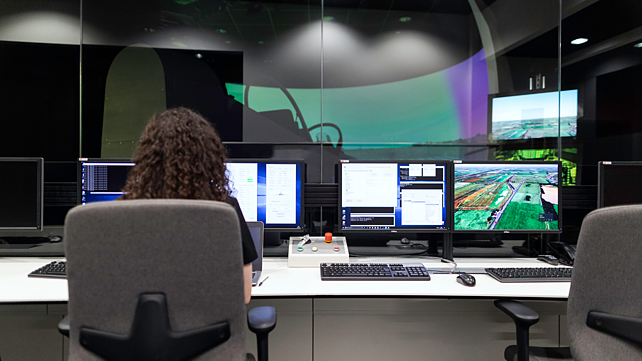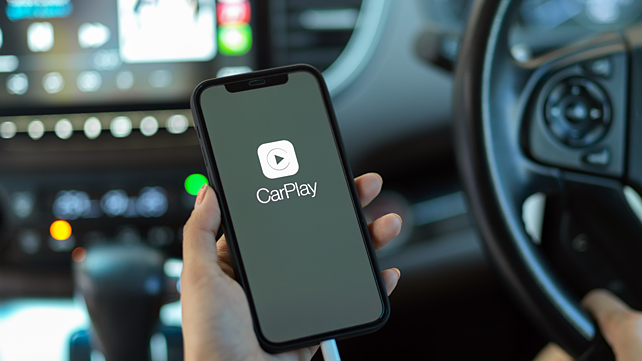
Global projected sales data of passenger cars and light commercial vehicles has surpassed 100 million plus units. Studies also indicate that with innovations in electronics and embedded systems, and with continued emphasis on energy efficiency, electronics has grown to 40% in conventional vehicles and to about 75% in xEVs.
With the thrust on cost reduction and miniaturisation, several out-of-the-box affordable semiconductor technologies that can survive -40° to +85° C will propel a tsunami in mobility electronics, digitalisation and reduce product development cycles. Further, the advancement in materials has increased power density of semiconductors and enabled the reduction of size and weight, improved thermal dissipation, and made it possible to store enormous memory in tiny footprints.
The enormity of data storage capacity is causing radical paradigm shifts. The most obvious electronics are embedded across safety aspects, body applications – cabin and underbody, in powertrain applications, and multiple systems in xEVs. The penetration has been rapid, consumer friendly and in most of the cases, affordable.
For the millennial digital travellers, the radical and incremental innovative applications will continue to be in the safety and comfort aspects, connectivity, prognostics & diagnostics, powertrains, and flexible vehicle platforms.
Acceleration of digitalisation
This exponential growth has accelerated the digital or virtual engineering in the automotive world that began a few decades ago. Continuous improvement has resulted in the developmental time and cost reduction between 20-35% across the board due to simulation. The wastage of material during the product life cycle has reduced by 22%. The reliability and robustness have grown two fold in many of the systems.

Decision makers are better informed for smarter decision making. Leveraging synergies and knowledge across the organisation and fraternity has simplified and is more efficient. Inter-continental sharing of data and information is much simpler, efficient, and faster. Due to better communication tools there is significantly more transparency and trust between teams.
Better project management has resulted in opportune assigning of appropriate resources, time, and planning ramp-ups/ramp-downs at the click of a button. Some OEMs have attempted to leverage digitalisation to target zero physical prototypes during the developmental cycles.
Initially, simulation was introduced as Computer Aided Engineering for analysing stresses, system dynamics, computational fluid dynamics and thermal management. Advent of XIL for electronics and embedded systems changed the playing field by replacing the laborious time-consuming aspects of physical testing. Visual design engineering to develop concepts and styling of vehicles, exterior and interior, reduced the need of multiple clay models and CNC machine time.

This was followed by colour therapy to create the best ambience of interiors and human machine interfaces. On large screens one can see full scale vehicle models and interfaces. Simulation is leveraged to optimise weight, layout of wiring and plumbing, component layouts, under hood and underbody air flow, road clearances, vehicle dynamics, crash and safety aspects, activation and response time of sensors, and a multitude of aspects.
The emphasis on creating real life operating conditions of the vehicle to ensure robustness and higher reliability, created test methods that simulated driver behaviour along with real world conditions in the lab and on test tracks. Virtual lab tools and processes have radically changed the way testing and development is being carried out.
In order to reduce manufacturing time and costs the line set-up, mould flow analysis, workflows and shop layouts for quicker assembly are digitally simulated. The assembly line ergonomics, robotic cells and the end of line assembly are simulated before building a plant or expanding the current infrastructure. These techniques have given a cost and time advantage to the industry, as trans-shipment equipment has become flexible and adaptable.
Simulating vehicle buying
The customer interface experiences of buying a new vehicle and after sales service experiences are simulated after studying the ecosystem and the familial habits. Some OEMs have provided flexibility to consumers to handpick systems and order their vehicles online, follow the build on-line during assembly until its completion.

Even the marketing campaigns are tuned to suit the digital environment and target specific customer segments in relevant geographies. The holistic approach is not limited to selling a vehicle but also simulating the financing aspects of value cycle, vehicle insurance, service reminders, auto updates of operating systems, recalls and the like.
Creating the right backups
Though electronics and virtual engineering have come a long way, there are aspects that require a fool proof operational conformity. Mechanical back-up systems have been implemented for power operated trunks and hoods, ingress and egress, multitude of digital icons in touch panels to activate and deactivate functions and appropriate battery backups.
As many of these require electric power, it is imperative to have a backup system that stays active in case of an accident or to pull out occupants. The icons in a digital panel can be risky to operate on a bumpy road or cross country due to their feather touch activation. Like in the aircrafts, it is essential that knobs with the appropriate tactile feel are deployed for critical functions, in vehicles. The other issue with multiple icons is that many times few of them illuminate together due to a wiring error or overlapping control logic in the software. This can be an irritant to the consumer because of service visits to dealerships resulting in additional time and cost.
Growth to complement digitalisation
The passion of the mobility fraternity and excitement for consumers is that many of the mobility electronic technologies and features that appeared to be science fiction a few years ago are becoming mass market realities within reach of the consumers and penetrating further. The innovations in memory storage capacity and data analytics, and persistence of the digital driven world for a safer and energy efficient mobility will continue to push the envelope for the growth of automotive electronics.
This growth will complement digitalisation of the automotive world, as it will continue to be a dynamic pathway due to the co-development of tools and techniques, equipment, and infrastructure. Innovative partnerships between governments, academia and the industry will continuously culminate in newer horizons of digitalisation across the global automotive footprint through advancement of electronics.